Next up in The Producer Series, are husband and wife duo, Maria Costello and Seamus Hayes, who run the very successful Equine Elite Ireland. Again, two names that are very well known throughout the Equine Industry. I chatted with Maria about how the current Irish economy is impacting their livelihood and thoughts on how Ireland differs from other countries when producing young horses.
Firstly – tell us who you are and a little bit about what you do and the type of horses you specialize in: Seamus and I run a showjumping stable near Cashel Co Tipperary. We currently have 27 horses with us which are a mix of our own, training liveries for owners and our student horses. We specialise in the production of young horses from 4 to 8 and in addition we like to have a couple of American hunter types in our programme. We also have 2 exciting stallions this year that will be available for breeders.
From primarily researching this series of articles and chatting to different individuals in the equine sector, it seems that horses – just like so many other industries in Ireland are taking a financial hit, money is not as freely available and the cost of living increase seems to be having a detrimental effect – what are your thoughts or insight into this? Horses have always been expensive and you really cannot cut corners at any stage with them and the most important aspect of producing them is time. As the saying goes Time Is Money. All aspects of horse production have increased hugely within the past 12 months and we’ve had such a long wet winter horses that would normally be out are stabled. On one hand, I do believe owners are aware from their own lives how prices have increased but on the other it is also a difficult industry to raise training fees but it is a conversation that needs to be had with owners. It’s very easy to be busy and not making money. Breeders and owners will be more selective about which animals they will produce. It will also mean other horses are rushed to the market. Also producing horses for others I would say never really makes riders money, that income pays the bills and probably covers the cost of running some of their own horses so I think riders have always been good at diversifying with sales, training students and breeding.
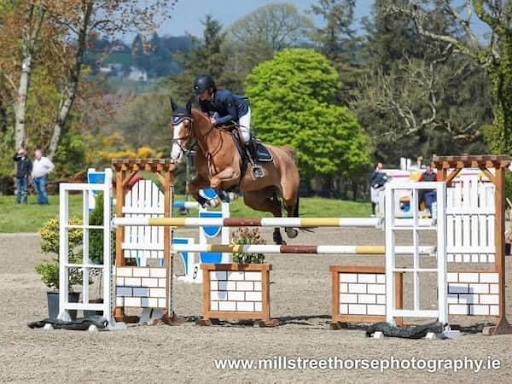
Something I hear a lot of people talk about is the ever rising cost of entry fees on top of the cost of diesel/petrol to get to shows. As a producer of horses, are you noticing this? I would imagine with the number of horses you breed – want to produce or be seen, this effects that? Yes, I think people will be more selective about what shows they will do. With us the younger horses will do more training and local leagues. That’s always been our philosophy with the younger ones… it’s about learning and getting experience more than competing them. The training league at Garranmore Equestrian where the entry fee is 10 euro is a great initiative and I think we’ll see more of these popping up especially mid-week. It’s a shame the Millstreet spring tour didn’t keep going as the 2/3 weeks were invaluable for young horses without the huge cost of travelling every day.
Have you seen a change in potential buyers? Is the interest in Irish bred/produced horses still there with the opportunity to sell abroad in particular? Horse sales are very much a global market and social media has allowed us showcase our horses to a huge worldwide audience. With the Irish team doing so brilliantly as a country we are at the forefront of people’s mind so we need to capitalise on that.
How is the cost of living increase affecting you – if at all? Do you find yourself forced to pass incurred costs to your clients and if so – do you feel it is a risk to your business? Definitely it has affected us we’ve been slower to get on the road competing it’s been more local and training shows. As soon as you start in to full show season, the weekly costs are very large. Most producers are probably on the road at least twice a week.
I was only thinking about this the other day as I had invoiced out for the previous month and that money coming in should be your salary but all it’s doing is paying the running costs. So without sales etc as a business model it often does not make sense. Most owners are also business people so they understand the costs and what we’ve done in the past when diesel really increased, was a diesel surcharge that moved in line with the rise. Riders can’t be afraid of losing a horse/s because they need to increase prices.
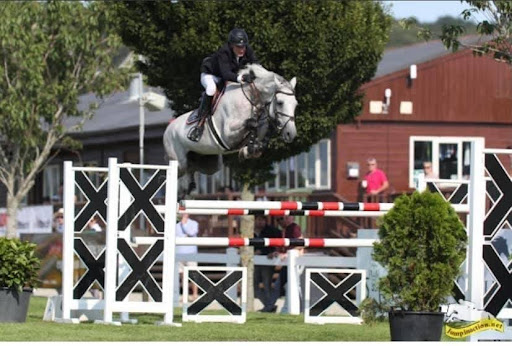
Has the type of horse that your clientele are looking for changed at all? A really good Showjumper will always sell so that’s often a decision of when to sell but to keep continuous sales going often you are looking at a different type of horses. We’re lucky to work with some trainers in America and so we know what type of horse they want for their amateur clients. The world safe is often the most important. You will always sell a good model with a good brain that has been produced properly especially on the flat. I think if a horse isn’t a jumper; you need to evaluate the situation and get them doing what they’re comfortable at really well, whether that’s 1m or 1m30.
American hunters are always in demand but also very hard to find so much so we’re hoping to breed some and have a steady flow of them being produced in the future.
Do you have concerns for the industry going forward unless things improve? People will always say it’s becoming more elite, but that’s a good thing. It means there’s more money available for good horses and someone will always have to produce these horses so there is room for everyone but we have to ensure that the production of horses as a business is attractive for young riders. It can’t just be a way of life they have to get paid for time and effort and it is the most important period in a horse’s life.
I think we’re seeing young riders taking riding jobs rather than set up on their own unless they have family backing so that will eventually mean less producers and/or very big stables with a large amount of horses and riders. It’s not necessarily a bad thing it’s probably going in the way much like other industries where there’s less room for the smaller set up.
My other main concern is our social license to operate. I would have been completely blasé about this side of things until last year. I think if we can’t govern our own industry and sport, it will eventually be dictated by non-horse people and then we are heading down a very different road so I think any wrong doing has to be called out and dealt with. Every industry will have rogue members so I think how our industry and sport deal with these will very much determine the future of the sport.
How do you feel Ireland compares to the rest of Europe and the UK for people like yourself – in terms of opportunities and facilities/competitions for the horses? Ireland is different in that we have more day and weekend shows while Europe have a wide range of FEI shows weekly. Our centres are being developed by horse people who understand the industry which is brilliant and more centres are opening so each province has access to more facilities.
Cavan is absolutely top class but considering we live in a country that tends to have 6 months of winter we could do with 2 more Cavan type venues. As much as we all love a good grass show it’s so weather dependant that if there were more grass arenas like Barnadown that are specially maintained for shows it would be great. I also think we are one of the only country in Europe where our shows aren’t consistently on clip my horse which is a pity as it’s the go to place for researching and looking at horses.
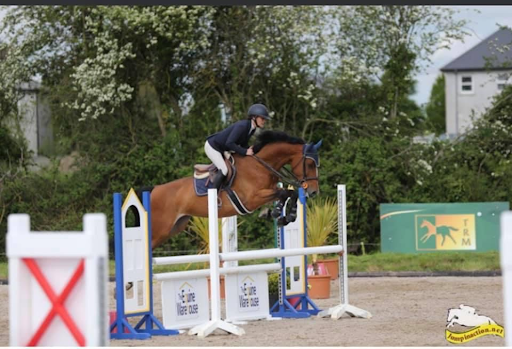
Is there anything that bodies like Horse Sport Ireland/Show Jumping Ireland or even the Government could be doing to help the equestrians of Ireland in your opinion? With regard to Showjumping Ireland I think it’s difficult for them as they have to deal with the sport as a whole from ponies, amateurs and professionals so a show has to encompass everything. I think little changes could make a big difference for example, a normal 1.10 class is built for older competition horses but the class will be primarily made up of 5/6 year olds so even if the time allowed was increased (or set aside if that’s easier) for the younger horses so that lots of time faults are not going on a horses record when they are learning. I also think our young horse classes are too strong. With the numbers in the classes the courses often seem to be out to catch horses rather than educate them. Having a hundred 5 year olds go clear from 120 isn’t a bad thing. The quality will sort itself out as they move up the levels but let them all learn and be confident for those formative years.
With regard to the government I think it also comes back to governing our own industry and department officials must be looking at all the public criticism of HSI and think what a mess. If our governing body can’t present itself in a competent professional manner it’s difficult for a dept of government to take on board what the industry needs. I believe we need people whose livelihoods depend on the sector around that table.
Finally – if you could change one thing in the Irish Equine Industry – what would it be and why? As a whole it’s a wonderful industry and working with horses and the people in it is a great way of life but I do think with the enormous growth of social media it’s beginning to look like it’s all sunshine and roses but if you sit down and chat with people that’s not necessarily the case. There’s blood sweat and tears behind every success. I believe we have to be more realistic with what we’re presenting to the world. Even as an adult you can look at others lives on line and wonder what you’re doing wrong so I think that’s vitally important especially for the younger generation. Horses and humans all have bad days. There are more failures than wins in this industry so no one should feel under pressure to pretend all the time as it’s not healthy.
To keep up to date with Maria and Seamus – you can follow or contact them on the Instagram pages below:
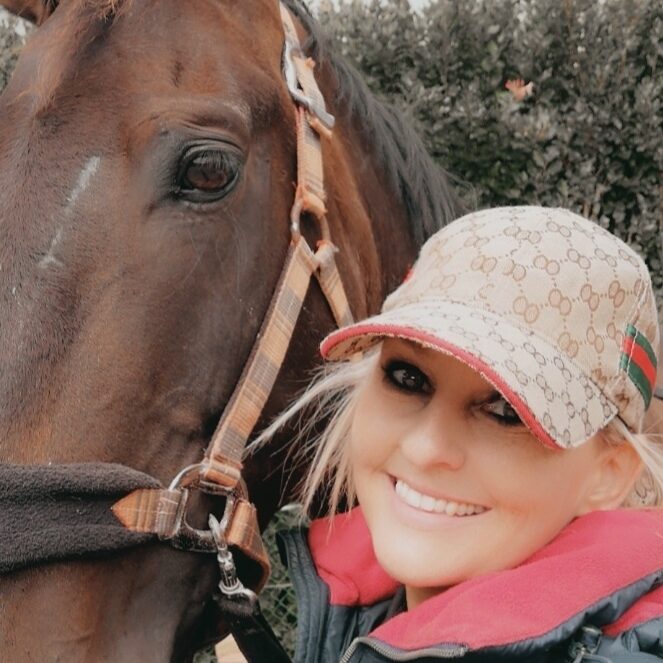

Share
Your subscription is 100% Free for our first year, No credit card details required.
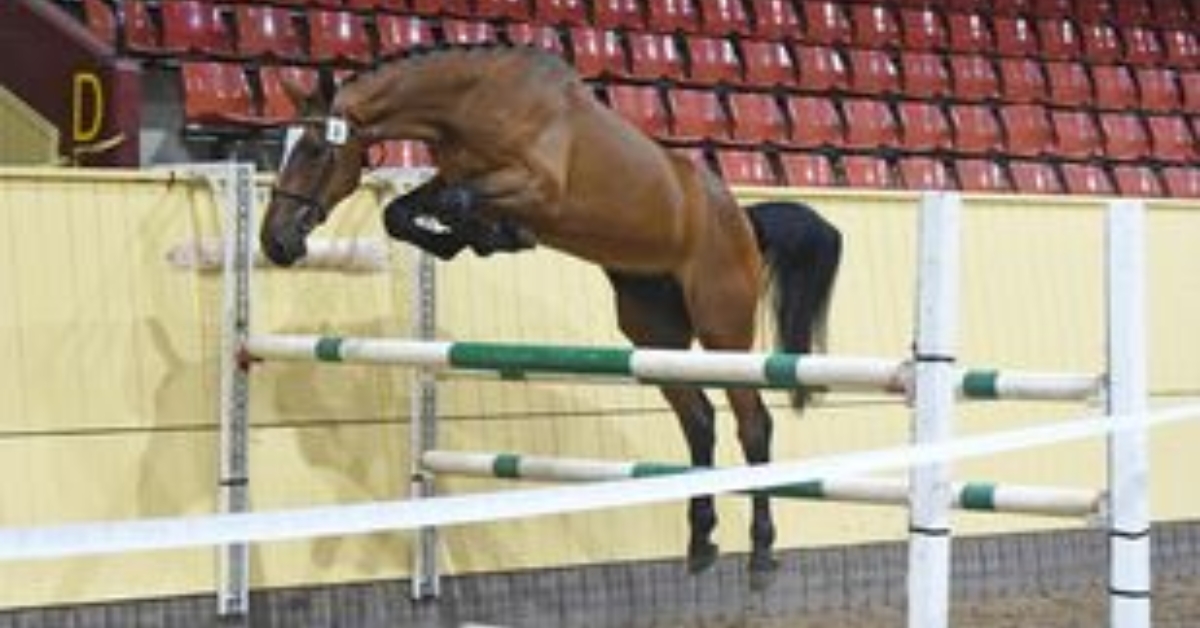
Next up in the Producer Series, I chat with Ger O’Sullivan – aka DOS Sport Horses, who will be no

In the world of equestrian sports, the recent success of Lucy Latta, an amateur rider from Ireland, at the prestigious
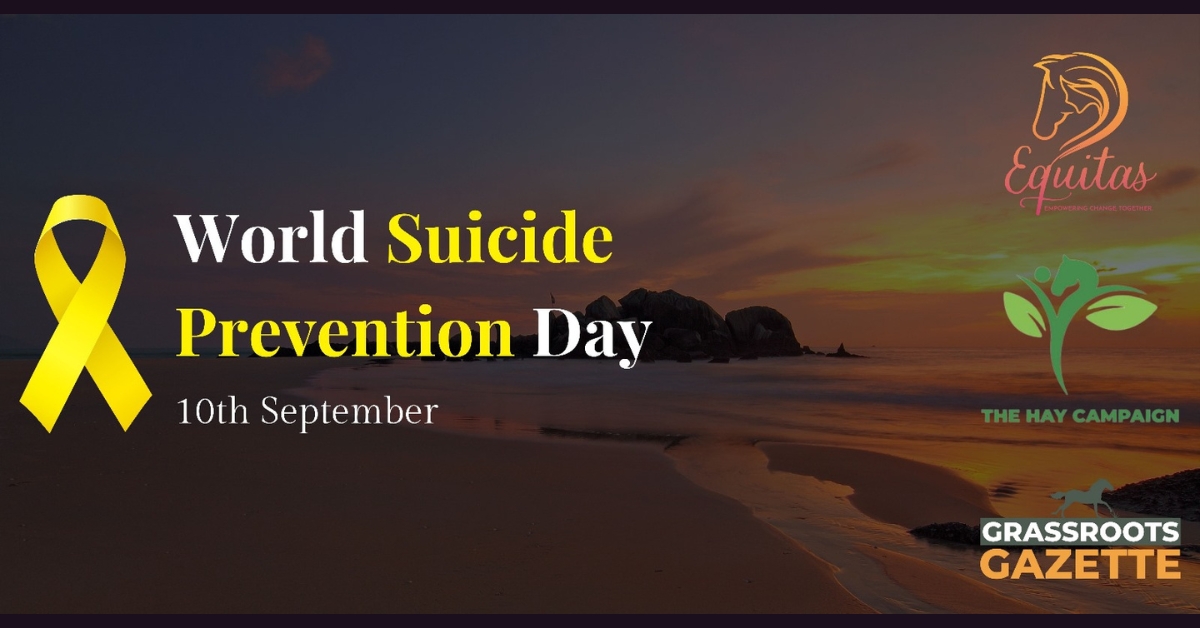
The equine industry is demanding—long hours, physical labour, and financial strains can be incredibly tough. That’s why the HAY Campaign—How